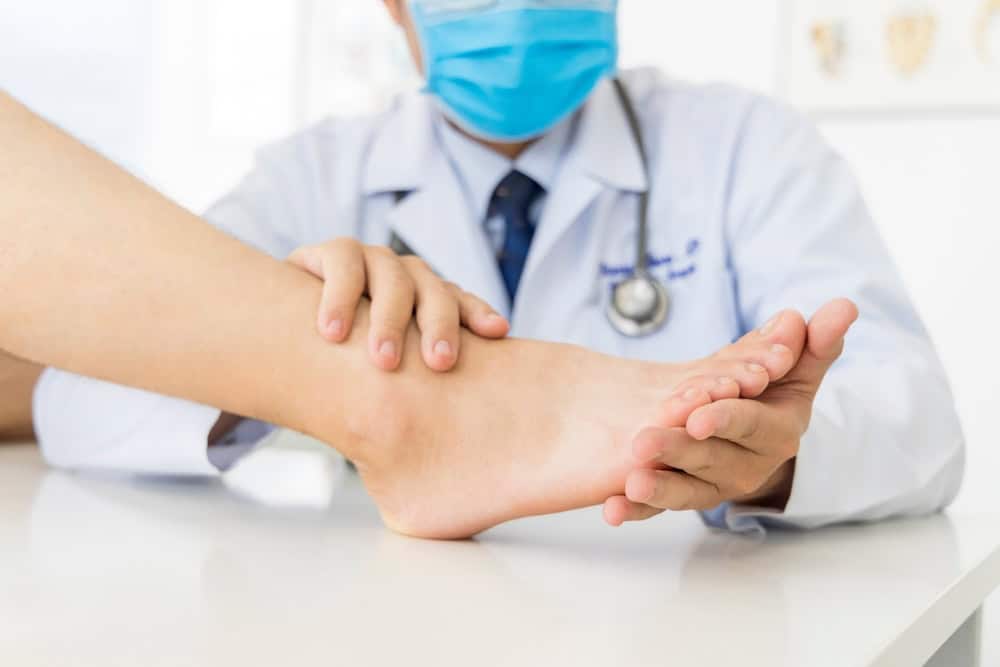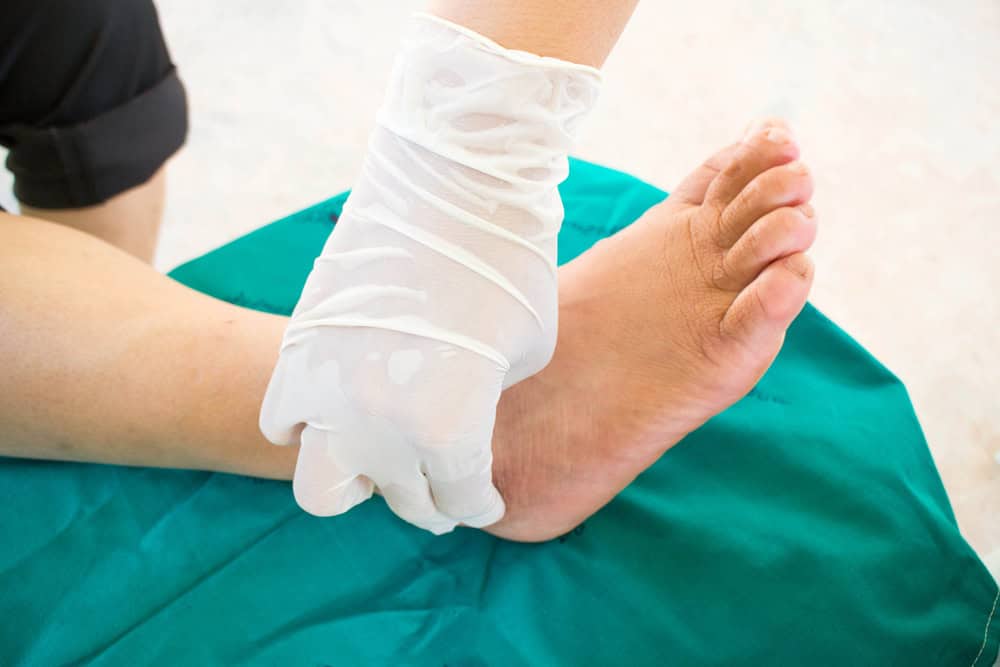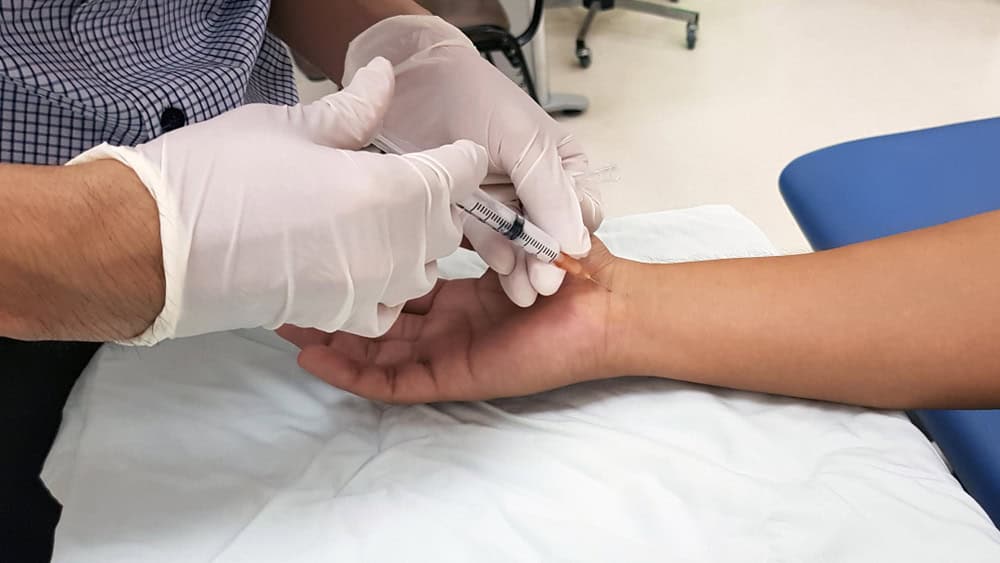Seeking relief from chronic nerve pain? At NY Spine Medicine, our neuropathy doctor provides treatments to address peripheral neuropathy and reduce nerve damage symptoms, helping you regain mobility and comfort.

Reviews

At NY Spine Medicine, our Tribeca, NY neuropathy doctor provides targeted care for peripheral neuropathy and chronic nerve pain treatment. We use advanced diagnostic tools to assess nerve function and develop treatment plans that are designed to meet each patient’s unique needs.
Our approach to nerve damage treatment includes nerve conduction studies, EMG testing, physical therapy, and nerve stimulation therapies to improve mobility and minimize symptoms. No matter the severity of your condition or the cause, our neuropathy specialists in New York City are ready to help you find relief and regain control of your daily life.


Ready to get started?
Living with peripheral neuropathy or chronic nerve pain can make everyday tasks difficult, but the right treatment can help you regain comfort and mobility. At NY Spine Medicine, our neuropathy specialists in New York City focus on identifying the root cause of nerve damage and creating personalized treatment plans to manage symptoms.
We use advanced therapies such as nerve stimulation, regenerative medicine, and physical therapy to target the effects of neuropathy and help restore function. Don’t let nerve pain take control of your life; find lasting relief with NY Spine Medicine today. Schedule an appointment with our Tribeca, NY neuropathy doctor to get started.

The area now known as Tribeca was farmed by Dutch settlers to New Amsterdam, prominently Roeleff Jansen (who obtained the land patent, called Dominie’s Brouwery, from Wouter van Twiller in 1636) and his wife Anneke Jans who later married Everardus Bogardus. The land stayed with the family until 1670 when the deed was signed over to Col. Francis Lovelace. In 1674 the Dutch took possession of the area until the English reclaimed the land a year later. In 1674, representing the Duke of York, Governor Andros took possession of the land.
Tribeca was later part of the large tract of land given to Trinity Church by Queen Anne in 1705. In 1807, the church built St. John’s Chapel on Varick Street and then laid out St. John’s Park, bounded by Laight Street, Varick Street, Ericsson Place, and Hudson Street. The church also built Hudson Square, a development of brick houses that surrounded the park, which would become the model for Gramercy Park. The area was among the first residential neighborhoods developed in New York City beyond the city’s colonial boundaries, and remained primarily residential until the 1840s.
Several streets in the area are named after Anthony Lispenard Bleecker and the Lispenard family. Beach Street was created in the late 18th century and was the first street on or adjacent to the farm of Anthony Lispenard Bleecker, which was just south of what is now Canal Street; the name of the street is a corruption of the name of Paul Bache, a son-in-law of Anthony Lispenard. Lispenard Street in Tribeca is named for the Lispenard family, and Bleecker Street in NoHo was named for Anthony Lispenard Bleecker.
Learn more about Tribeca.Local Resources